Table of Contents Show
When you enter the exhibit, you are greeted by the world’s most famous frog, arm raised in a friendly wave and mouth poised in a smile. Beside him, an image of Jim Henson staring thoughtfully into the puppet’s eyes. To see Kermit in the flesh (or felt) for the first time is a surreal experience.
His features become clearer than they are on film, from the pilling of his felt arms from overuse to the matte finish of his ping-pong ball eyes. Knowing that he was once in the hands of Jim Henson makes the experience all the more powerful. However, the exhibition’s message is subtly displayed on a nearby wall in the words of the man, himself:
“I badgered my parents until we got [a television]… I mean, it was a real campaign… I thought it was incredible. I still do. It’s amazing to see a live picture that comes to you from somewhere else.”1The Jim Henson Exhibition: Imagination Unlimited. Riverfront Museum. Peoria, Illinois.
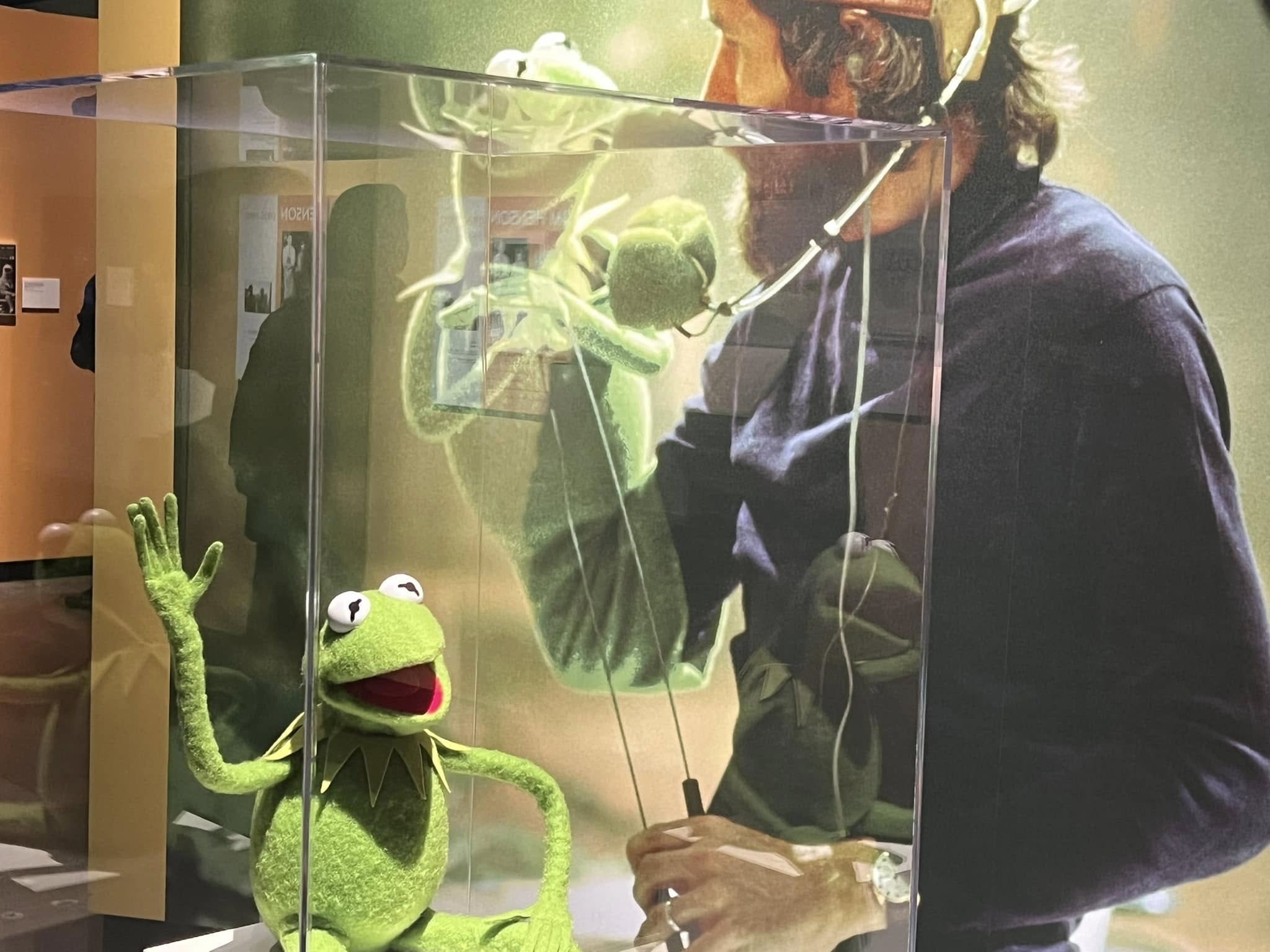
“The Jim Henson Exhibition: Imagination Unlimited” began its tour at MoPOP in Seattle in May of 2017, bringing with it more than 25 puppets and dozens of other artifacts, including original sketches and scripts from Henson himself. It brings otherwise unseen elements, or those only witnessed through the distant lens of a camera, for visitors to view in real time.
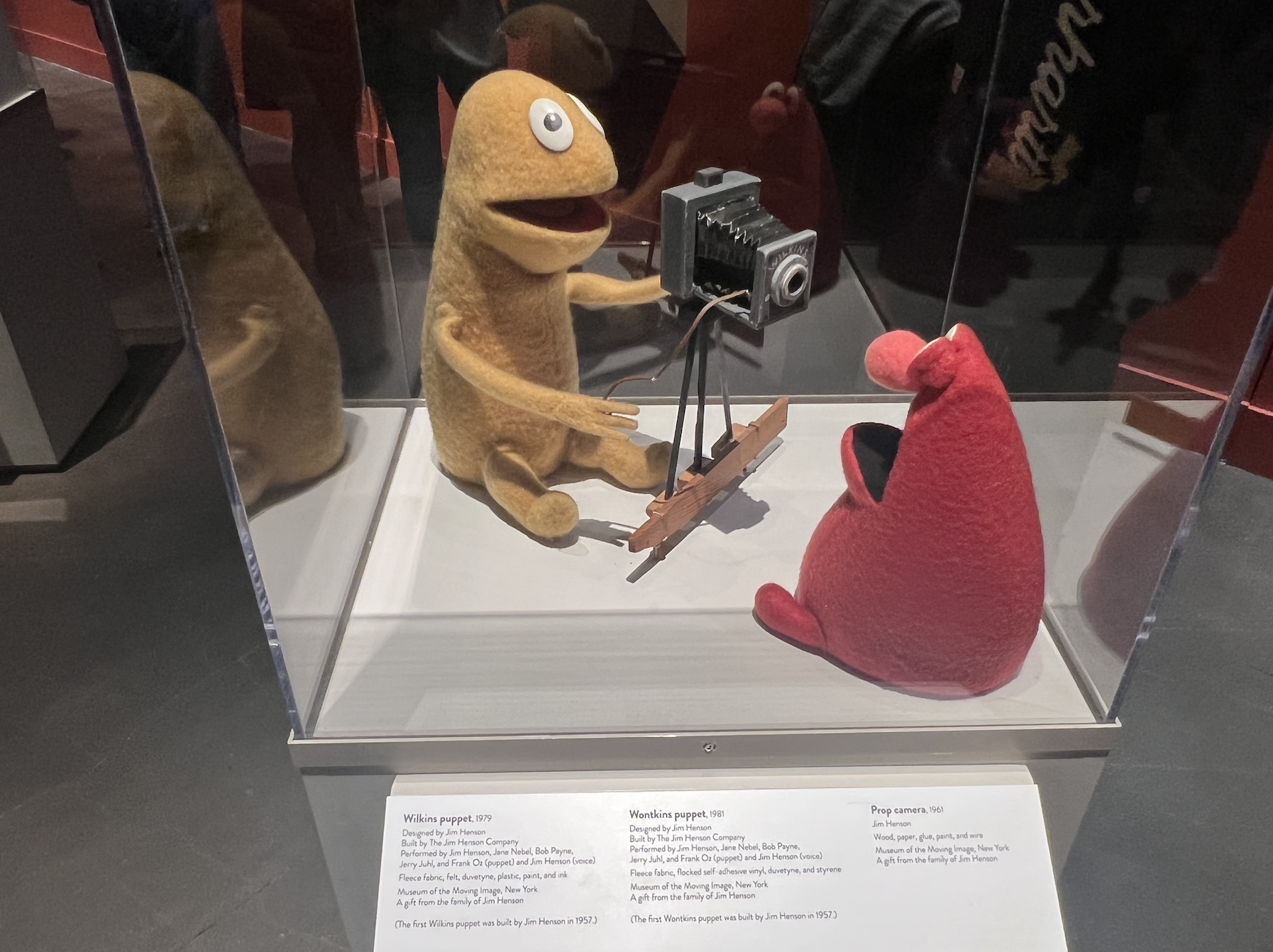
“The Jim Henson Exhibition” recently left its last location in Peoria, Illinois. The exhibit features pieces on loan from the Museum of Moving Images (MOMI) as well as the Henson family: from Sam and Friends (1955-1961) to Labyrinth (1986). While it brings some of the most iconic personalities in all of TV and film history to a variety of cities, the exhibit also serves as an exemplar of the value of pop culture preservation. As Henson said, “it’s amazing to see a live picture that comes to you from somewhere else.”
For many, “Imagination Unlimited” does just that.
“The Jim Henson Exhibition” — Exploring Material Culture In Film
Caetlin Benson-Allott describes film and television as “[creating] worlds, but they are also of a world, for lack of a better term. This world is eminently, although not exclusively, material. It is made up of stuff, to which humans attach meaning.”2Benson-Allott, Caetlin. The Stuff of Spectatorship: Material Cultures of Film and Television. University of California Press, 2021.
Material culture, in its simplest definition, is stuff that has meaning. Often used in archeology and anthropology, material culture focuses on the way that material goods, typically clothing, tools, and other furnishings reflect the life and values of a people. Museums archive and display these objects for educational purposes, both to scholars and the public — though it is important to note that many anthropological artifacts in museums are there without the consent of the communities from which they were taken.
Film and television culture, however, don’t reflect materiality in the same fashion. Instead of showcasing the daily objects used by a community, the material culture is reflected in recognizable objects of emotional value.
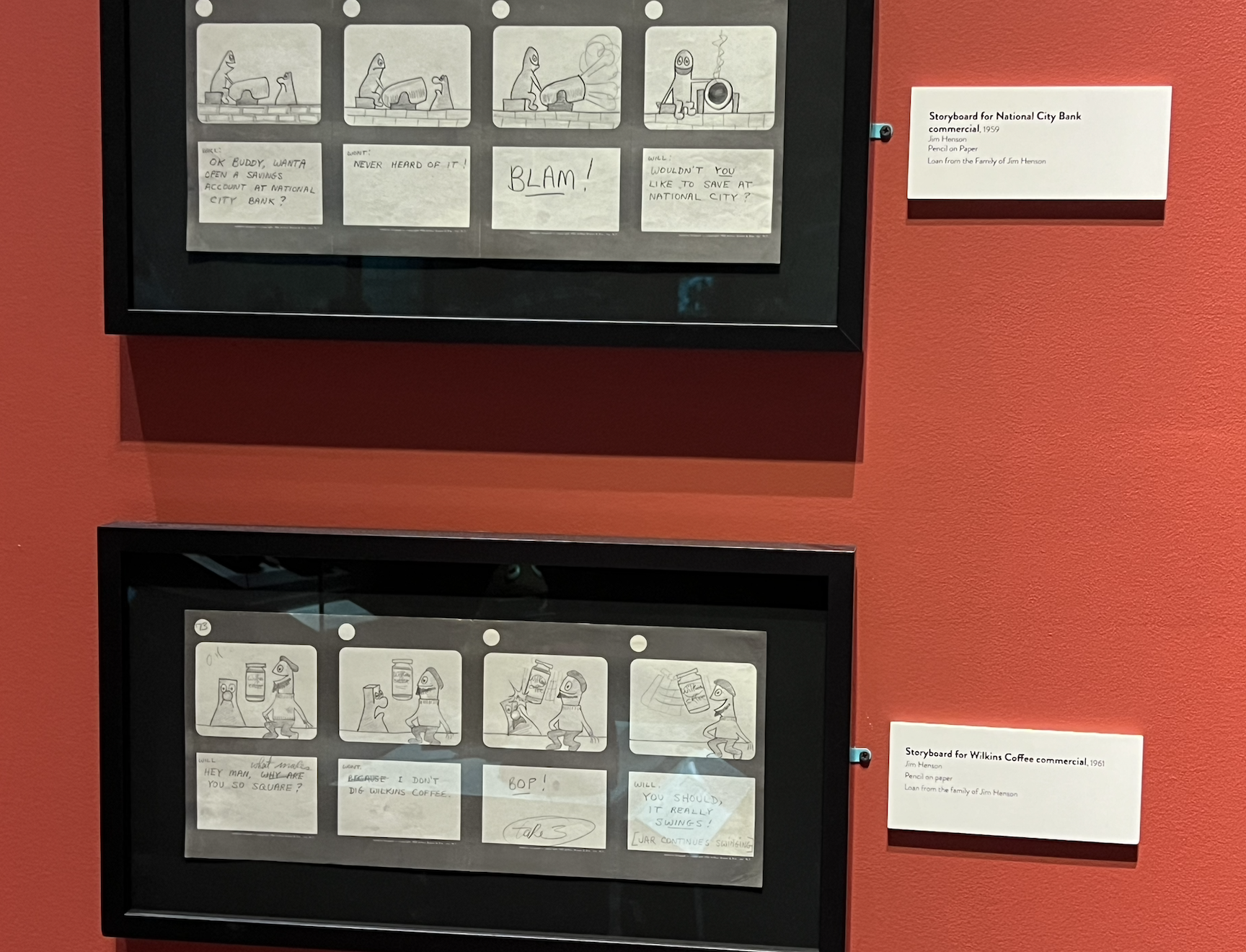
Though film has been around since the late 1880s, with theaters (also called nickelodeons, gems, or bijous) cropping up around the U.S. between the 1910s to 1920s, not much of their materials have been preserved. Unlike artworks, which were usually commissioned by the wealthy or stored by artists in safe, clean environments, materials used in filming were often discarded.
Original costumes, film, and cameras were discarded or kept in storage rather than sold or preserved. 3Esquevin, Christian. “Movie Memorabilia: Then and Now.” Silver Screen Modes. March 28, 2019. https://silverscreenmodes.com/movie-memorabilia-then-and-now/In the early years of silent film, there was no market for film collectibles, as the medium was new and had not yet hit its stride in popularity. Meanwhile, in comparison to art and fashion, film was seen as a low art — one that was unworthy of preservation because of its accessibility to the masses. This left a gap in the material culture and preservation of film and television, with several artifacts missing or destroyed.
“The Jim Henson Exhibition” — A Journey Through Pop Culture History
Despite how film and television have permeated our modern culture, with new efforts to preserve, collect, and honor artifacts, pop culture is frequently left out of the conversation when it comes to what deserves to be studied or preserved for future generations. While there are museums such as MOMI and the Museum of Pop Culture (MoPOP) and exhibits at the Smithsonian and Victoria & Albert (V&A), you would be hard-pressed to find collections with the same ubiquity as museums for the natural sciences.
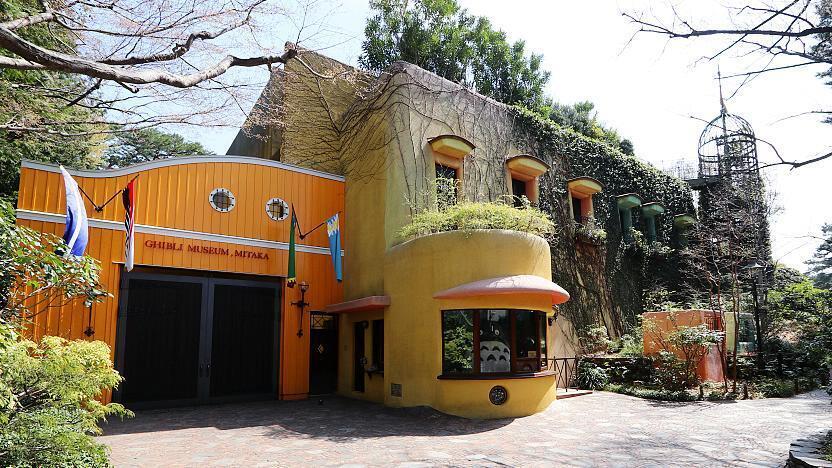
Even with specialized museums, such as the Ghibli Museum in Japan, or even themed experiences such as “Chasing Rainbows” at Dollywood, only some aspects of popular culture are preserved, usually by the person or company who created them. Other factors such as cost, travel, and accessibility also need to be considered, as these factors can be major barriers for potential visitors, thus impacting the perceived popularity of pop culture museums.
There is an argument made that popular culture is in a constant state of evolution. When what is considered “popular” is constantly under review, mixed with the fast-changing interests and opinions of social media, forming new exhibits can prove difficult. By the time a popular trend is identified, artifacts collected, and the exhibit prepared, the trend may be long gone.
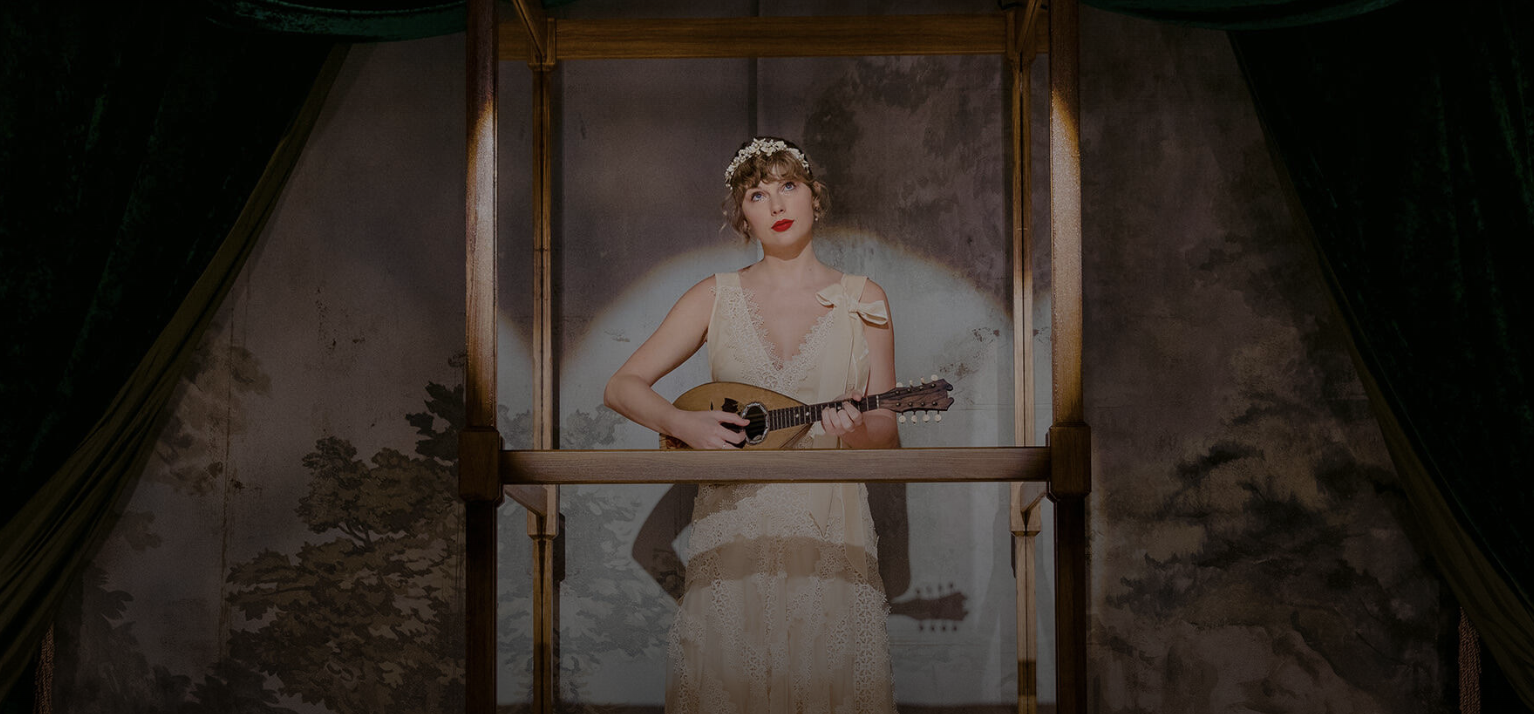
There is also a fear of bending to the whims of audiences:
“the museum’s relationship to the idea of preserving history becomes more attentive to the collective significance of mass culture (rather than ‘elite’ culture), museums can lapse easily into a mix of fan-indulgence, celebrity sycophancy, brand sponsorship and product placement.”
4Charlesworth, J.J.. “From Taylor Swift to Kawaii: Why Museums Are Obsessed With Pop Culture.” Art Review. July 26, 2024.
The thought that so-called “fan indulgence” threatens museum culture feels unfounded. It falls into the fallacy that fans (particularly women) are ravenous, ditzy, and lack any cultural appreciation for the media they consume.
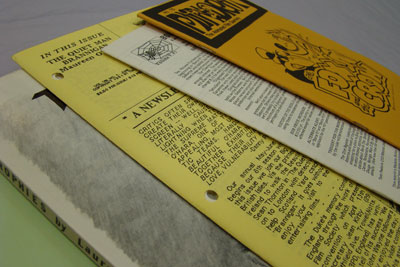
This sentiment reflects what Suzanne Scott refers to as the gendered tensions surrounding “the media industries conceptualization and cultivation of a desirable “fan” demographic.” 5Scott, Suzanne. Fake Geek Girls. 2019. New York University. The notion of museums only preserving classical or ‘traditional’ art also further divides the notion of high and low culture, and with it, the emphasis of class structures (carrying race and gender along with it) as immutable in society.
Exploring Pop-Up Conventions & “Cosplay Through Science”
However, the recent advent of pop-up museums and private collectors opening their doors has created more opportunities for popular culture artifacts to be made available to the public. The 2023 Beastie Boys pop-up in Los Angeles, was curated by Roger Gastman worked with the band’s management to track down memorabilia from archives to garages.6Ogas, Daniel. Beastie Boys are back as pop groups embrace pop-up museums. Cronkite News. January 27, 2023.
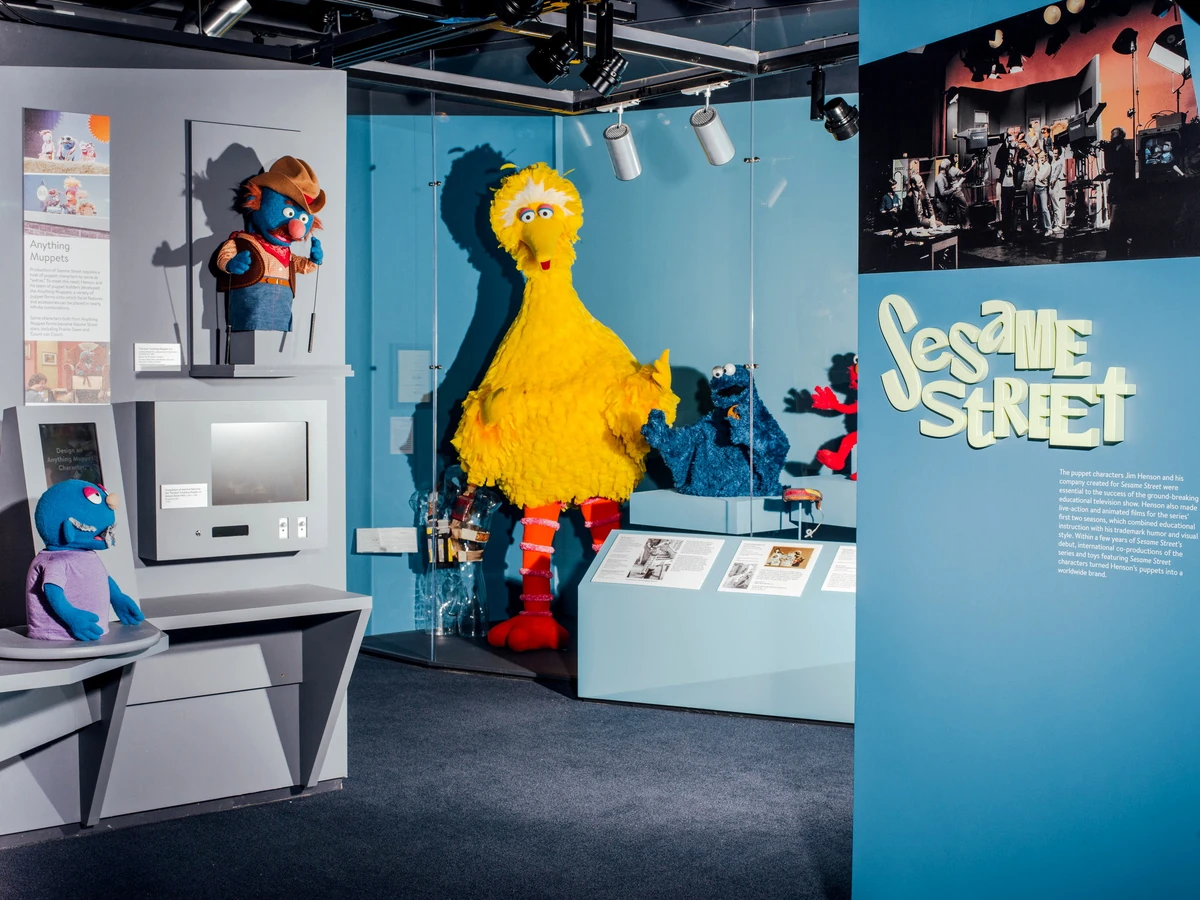
In 2021, a private collector of thirty years turned his home into a museum dedicated to The Wizard of OZ.7Wilson, Caitlin. Wizard of Oz collector opens museum with private collection. December 30, 2021. Spectrum News.
Other fans make their museums mobile, such as “Cosplay for Science,” who have brought their museum to various conventions with exhibits that discuss the real-world inspirations for various Pokemon or how Star Wars demonstrates animal adaptation.8Cosplay For Science. 2025.
These pop culture exhibitions, be part of a museum, on tour, or a grassroots pop-up, bring media artifacts to the general public and provide opportunities to engage with and learn about culture. The pop culture museum should include more than just artifacts from traditionally published media, but also fan works. Combining props, costumes, and behind-the-scenes artifacts with fannish or transformative works shows the relationship between fan(s) and media.
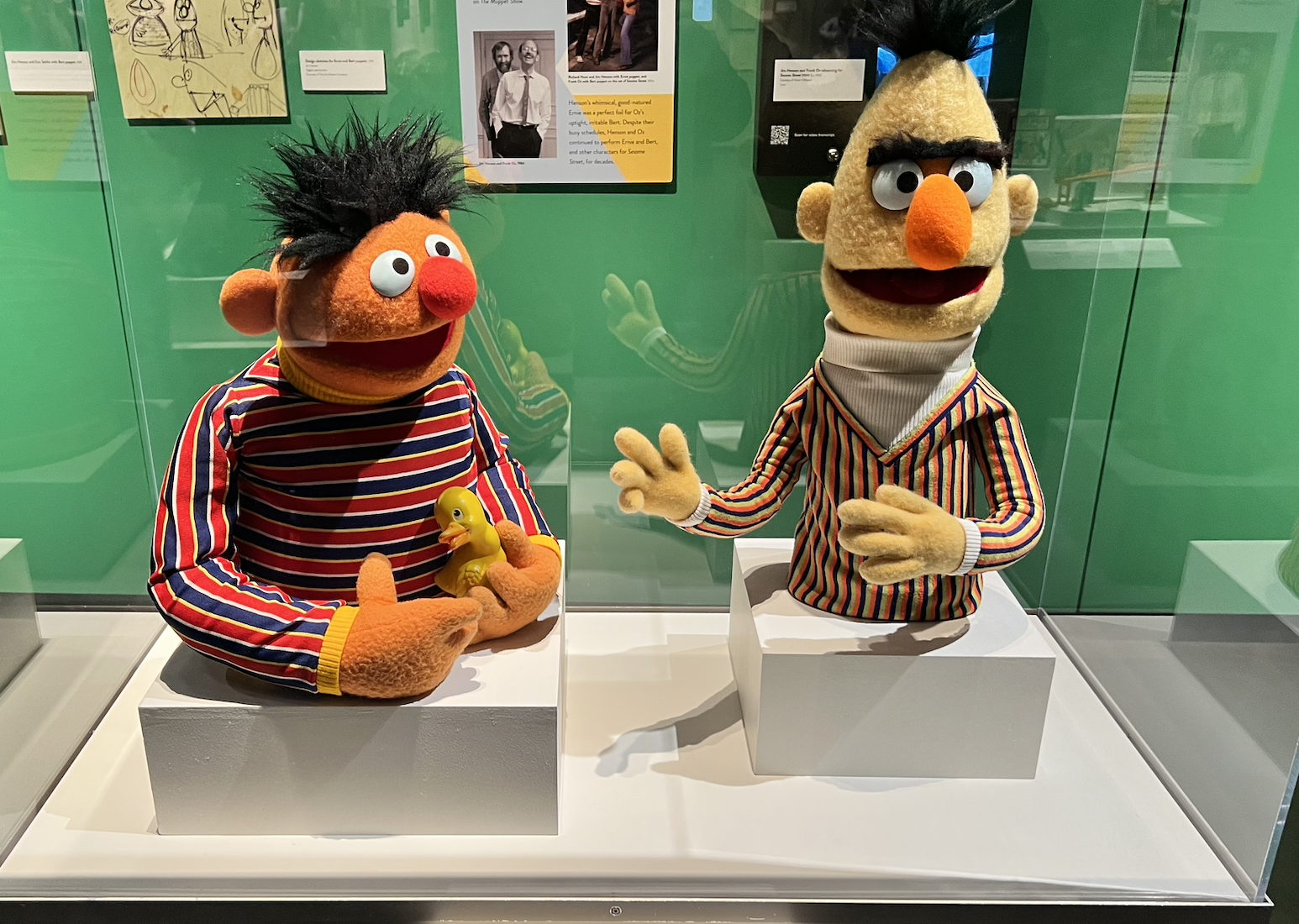
Zine libraries, such as the Browne Pop Culture Library collection at Bowling Green State University, help to preserve the thoughts of music and media fans at various points in history amid socio-political tensions.
Popular culture deserves to be preserved as much as “high culture,” not just because it invokes nostalgia or because it can be financially successful. Pop culture collections represent different places, times, and people throughout global history. Every piece of media is created in response to the culture in which the author is living, and fan works build on that narrative.
These artifacts give scholars and museum-goers a glimpse into how their engagement with media is part of an ongoing conversation about the world.
Exploring The Legacy Of Jim Henson: The Rainbow Connection Exhibition
So what does the Jim Henson Exhibit actually teach us about material cultures and preservation? For visitors who have seen the exhibit since the beginning of its tour, the experience of seeing iconic characters up close creates a sense of giddy, childlike wonder that Henson sought to create in his audiences.
Julian E.J. Sorapuru described the exhibition at its stop at the Contemporary Jewish Museum as vicarious, watching “the 35-plus crowd’s reactions to their cherished childhood memories.”9Sorapuru, Julian E.J. “A Deeper Look at Jim Henson, the Man Behind the Muppets, and His Unbridled Innovations.” KQED. April 19, 2022.
The purpose of a museum is to “make history come alive.” But how, exactly, is that life given? “Imagination Unlimited” makes the argument that what makes history and culture are the experiences shared with others. Seeing Kermit the Frog is more than just seeing another artifact behind glass.
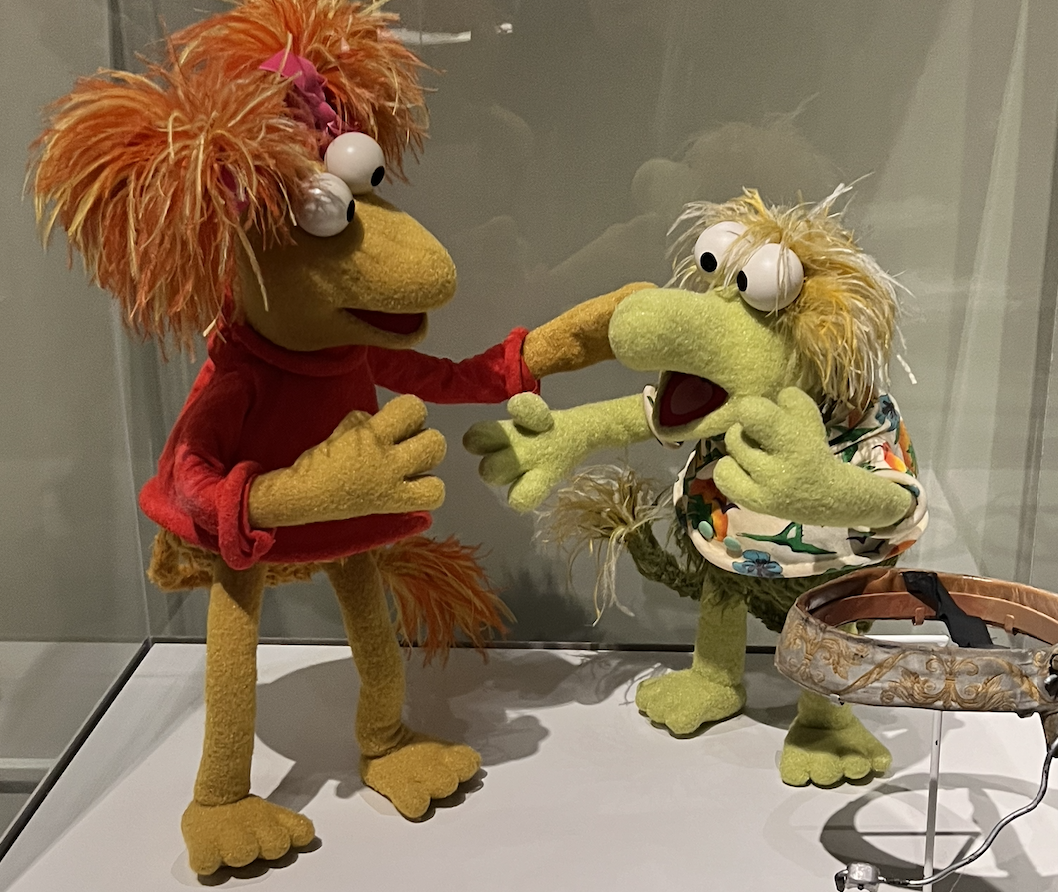
For fans, seeing him outside of the context of a screen, amid the joy and awe of other visitors: gives him life. Craig Yoe, former creative director and manager of The Muppets, says in the forward to Jim Henson and Philosophy: Imagination and the Magic of Mayhem:
“Jim slowly picked up the puppet, turning it around as his intense, sparkling eyes examined it. He then slid his large hand into the concoctions. He tried some movement and a voice and… like breathtaking magic… the creature came to life!” 10Yoe, Craig. “Foreword”. Editor. Dale, Timothy M, & Foy, Joseph J. Jim Henson and Philosophy: Imagination and the Magic of Mayhem. Rowman & Littlefield, 2015.
There is a communal aspect to preserving memory and culture; for stuff to have “meaning” we have to work together to give it meaning. Though Jim Henson passed away in 1990, something about witnessing objects he touched with his hands and spoke for with his own voice brings us closer to him, his puppetry, and each other.
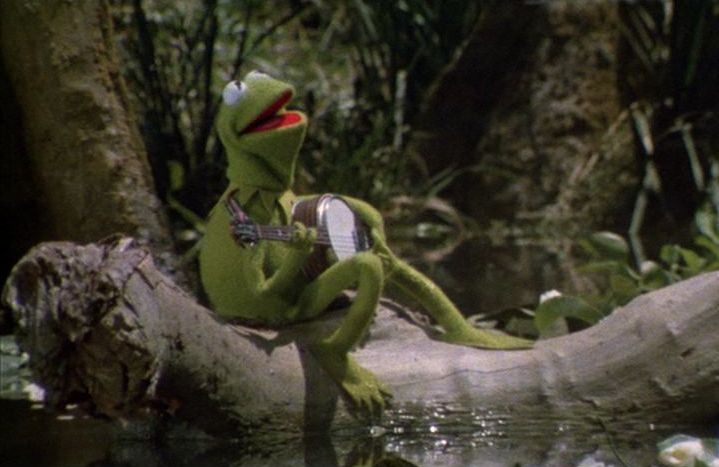
The “Rainbow Connection” that Kermit sings about in The Muppet Movie (1979) reflects the hopeful idea that people can come together and experience love and beauty together. The preservation of popular culture is a reminder of the things that bring us together.
Determining whether something is worthy of cultural preservation or academic study, is not necessarily the job of higher institutions. The meaning is already made by fans and audiences. Rather, the goal of pop culture museums should be to breathe vicarious life into these artifacts and celebrate the “rainbow connections” of people who love them.
As Henson said:
“It’s amazing to see a love picture that comes to you from somewhere else.”
The Muppets, and Jim Hensons’ other works, remain part of a living culture — built upon and enjoyed by people every day. Henson’s goal for his muppets was to bring people together, across places and times, and remind everyone that we have more in common than not.
Traveling exhibits such as these bring something that was once a picture, and brings it to you: so that you can make a rainbow connection of your own.
Footnotes
- 1The Jim Henson Exhibition: Imagination Unlimited. Riverfront Museum. Peoria, Illinois.
- 2Benson-Allott, Caetlin. The Stuff of Spectatorship: Material Cultures of Film and Television. University of California Press, 2021.
- 3Esquevin, Christian. “Movie Memorabilia: Then and Now.” Silver Screen Modes. March 28, 2019. https://silverscreenmodes.com/movie-memorabilia-then-and-now/
- 4Charlesworth, J.J.. “From Taylor Swift to Kawaii: Why Museums Are Obsessed With Pop Culture.” Art Review. July 26, 2024.
- 5Scott, Suzanne. Fake Geek Girls. 2019. New York University.
- 6Ogas, Daniel. Beastie Boys are back as pop groups embrace pop-up museums. Cronkite News. January 27, 2023.
- 7Wilson, Caitlin. Wizard of Oz collector opens museum with private collection. December 30, 2021. Spectrum News.
- 8Cosplay For Science. 2025.
- 9Sorapuru, Julian E.J. “A Deeper Look at Jim Henson, the Man Behind the Muppets, and His Unbridled Innovations.” KQED. April 19, 2022.
- 10Yoe, Craig. “Foreword”. Editor. Dale, Timothy M, & Foy, Joseph J. Jim Henson and Philosophy: Imagination and the Magic of Mayhem. Rowman & Littlefield, 2015.
